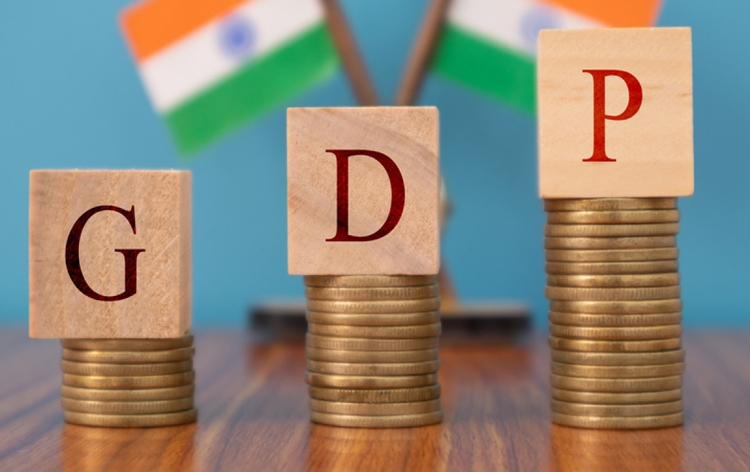In its latest report, the Organization for Economic Co-operation and Development (OECD) has raised India’s growth outlook for the fiscal year 2024-25 (FY25) to 6.2%, up from the earlier estimate of 6.1%. This positive change follows a strong performance in the fiscal year 2022-23.
However, the projected growth rates for the upcoming fiscal years indicate a slowdown. The real GDP growth is expected to decrease to 6.3% in FY 2023-24 and further to 6.1% in FY 2024-25. This slowdown is attributed to adverse weather conditions and a weakening international economic outlook. Despite these challenges, the economy will be supported by surging services exports and continued public investment.
On the bright side, inflation is expected to decline gradually, leading to improvements in purchasing power for consumers. Factors such as the end of the El Niño weather pattern, productivity gains from recent policy reforms, and improved global conditions are anticipated to strengthen economic activity. A projected real GDP growth rate of 6.5% is forecasted for FY 2025-26.
Monetary policy is expected to ease starting in the second half of 2024, which will support business investment and discretionary household spending. Government investment will remain high, but further fiscal consolidation is anticipated to create more financial opportunities for the private sector.
Addressing persistent challenges like poverty eradication, climate change mitigation, and income convergence will require substantial fiscal efforts. These efforts include mobilizing additional resources and strengthening regulations, institutions, and standards to promote inclusive and sustainable practices.
In terms of inflation management, the Reserve Bank of India (RBI) is expected to start lowering interest rates from mid-2024 to reach 5.5% by the end of 2025. Trade restrictions imposed in 2022 to combat inflation, such as export bans on certain rice varieties, will be lifted, aiding export growth. The current account deficit is expected to remain manageable.
While monetary policy tightening has helped manage inflationary pressures, it has also impacted household consumption and corporate investment. Efforts to rein in soaring food prices include emergency measures such as allowing imports of tomatoes and selling tomatoes at subsidized prices.
Fiscal consolidation remains a top priority to maintain public debt at sustainable levels. Efforts to control expenses are needed at both the central and state levels. This includes broadening the tax base, simplifying the goods and services tax (GST) rate structure, and divesting state-owned enterprises.
By Ranu Jain










